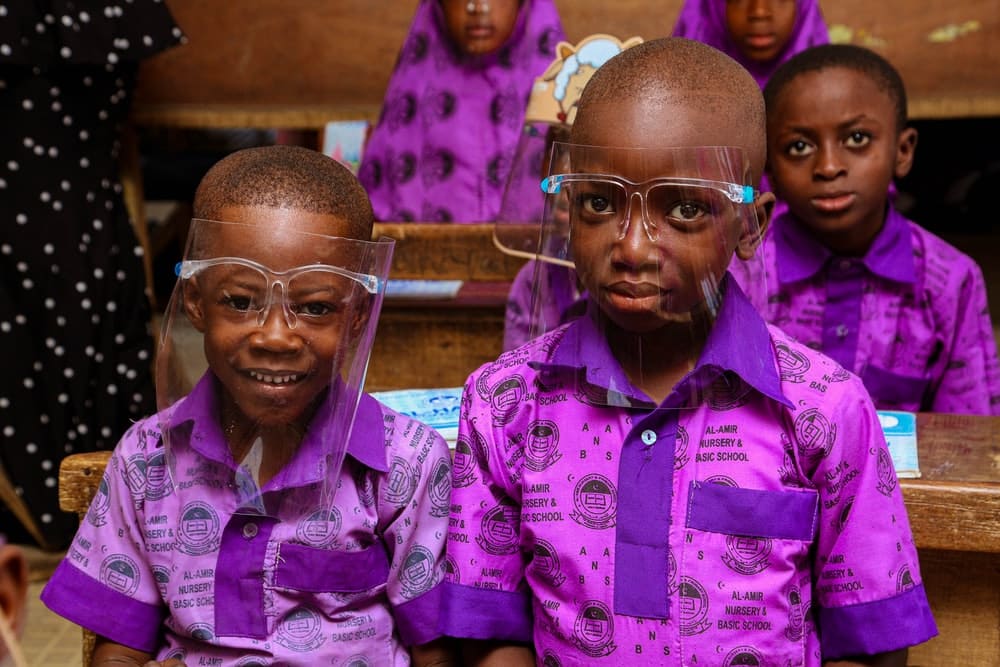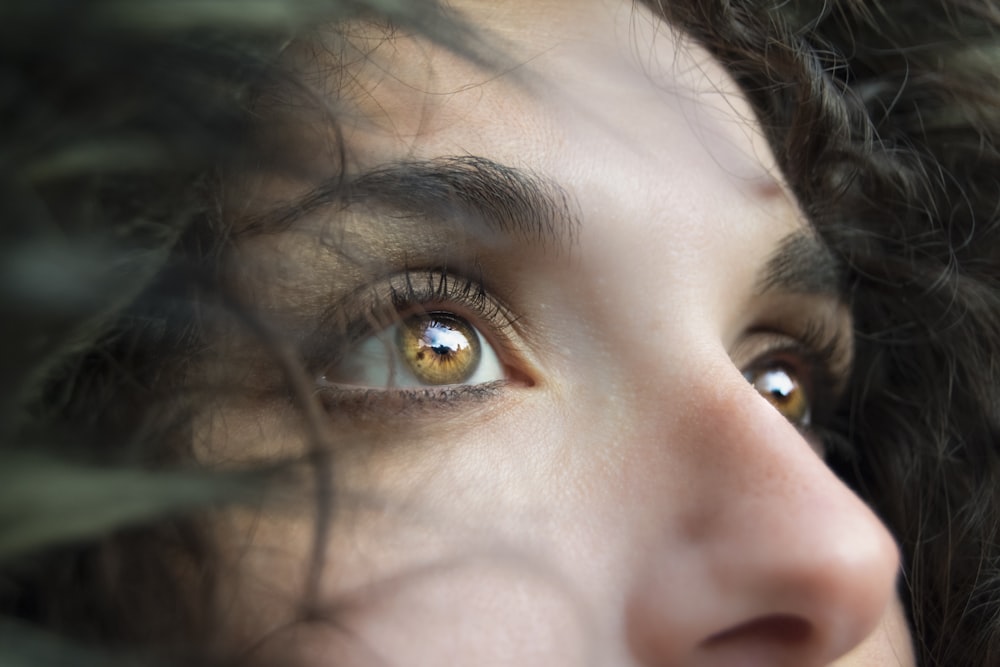Medical experts previously recommended the use of facial masks and shields to prevent the spread of the new coronavirus. Recent guidelines also include eye protection for individuals who run an elevated risk of being exposed to the new coronavirus. The best eyewear options include face shields, goggles and prescription safety glasses that have facial cavity seals. Learn more about the most effective forms of eye protection against exposure to the virus that causes COVID-19.
ANSI Z87.1-Certified Safety Goggles
The Centers for Disease Control and Prevention recommend eye protection for healthcare workers and individuals who come into close contact with other occupants in buildings that have poor ventilation. Spread of the virus that causes COVID-19 typically occurs when aerosolized respiratory droplets come into contact with mucosal membranes in the nose and mouth. Eyes also have a similar mucosal lining and can provide an entry point for the new coronavirus.
Impact protection is a primary factor for the ANSI Z87.1 safety rating, but a “D3” marking on frames and lenses indicates that eyewear provides splash and droplet protection. Consider goggles made by a trusted personal protective equipment brand such as the Uvex Classic, Livewire or V-Maxx styles. Goggles with foam seals or rubber gaskets can limit opportunities for aerosolized respiratory particles to enter eyes in addition to direct contact.
Safety Glasses With Gaskets, Seals or Shields

A standard pair of ANSI Z87.1-rated prescription safety glasses frames without a facial seal can protect wearers’ eyes from impact hazards but may not include splash and droplet protection. In order to prevent particles in the air or direct contact spread of the virus that causes COVID-19, you should look for safety glasses with a “D3” splash and droplet rating. This eyewear will probably feature gaskets or seals for a close fit.
Wiley X safety glasses such as the Airrage, Boss, Compass, Enzo and Gravity are all compatible with removable Facial Cavity seals. All of these styles also meet ANSI Z87.1 High Velocity and High Mass Impact standards and can accommodate prescription lenses within specified ranges of sphere and cylinder measurements. Other brands also make conventional frames that have removable side shields or permanent shields along the sides, top and bottom of lenses.
Full Coverage Face Shields

A face shield is a full-coverage solution that is intended to be worn with a cloth or particulate face mask. If you wear standard prescription glasses to improve your vision, you should be able to fit these frames under a face shield. Face shields are effective for protecting your entire face from exposure to aerosolized respiratory particles and direct contact. This PPE functions as source control, but may not be as effective for protecting others unless you pair shields and masks.
Consider purchasing adjustable disposable face shields or TPE face shields. It is also possible to order headgear compatible with replaceable shields or visors. While a face shield is easy to position properly, this type of PPE may be less comfortable than a pair of properly fitted goggles or safety glasses paired with a mask. Fog can pose more of a problem with this full-coverage mode of protection and the combination of a shield and mask forces wearers to speak loudly to communicate.
These types of safety eyewear and facial PPE are effective for reducing the risk of exposure to the virus that causes COVID-19 through the mucosal lining of the eyes. Goggles rated for droplet and splash protection provide a close fit and can minimize fogging. If you require vision correction, you may want to upgrade to goggles or prescription safety glasses with facial cavity seals, gaskets or shields for complete eye coverage.


